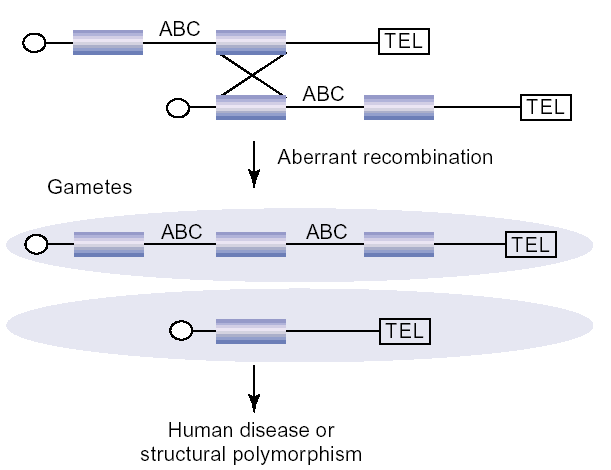Research Program
Overview:
Genomic duplication followed by
adaptive mutation is considered one of
the primary forces for evolution of new gene function. Duplicated
sequences are also dynamic regions of rapid structural change during
the course of chromosome evolution. The long-term goal of our research
is to understand the evolution, pathology and mechanism(s) of recent
gene duplication and DNA transposition within the human genome.
Our research specifically addresses a new paradigm that has emerged in
the past few years regarding the dynamic nature of human genome
structure. Particular chromosomal regions have been shown to be
active in the acquisition, duplication and dispersal of large
gene-containing genomic segments. We hypothesize that these jumping genomic segments, also
known as segmental
duplications, are part of an ongoing evolutionary process that
results in a novel form of large-scale DNA variation and contributes to
rapid primate gene evolution. At a structural level, duplications
may be viewed as dynamic mutations (Fig. 1)–an initial event increases
the probability of a second event. Sequence homology created as a
result of duplication increases the probability of additional rounds of
gene conversion, unequal crossing-over and subsequent
rearrangement. Not surprisingly, many of the
largest duplication blocks are substrates for recurrent chromosomal
structural rearrangements associated with certain human diseases and
disease susceptibility. Compared to
unique nonfunctional or neutral
DNA, these particular areas of the
genome represent hotspots of evolutionary and contemporary change.
Their impact on human disease and evolution
are only beginning to be understood.

Figure 1: Segmental Dynamic Mutation.
Non-allelic homologous recombination between blocks of segmental
duplication (blue) during meiosis leads to microdeletion and
microduplication of the unique region bracketed by duplications.
If the region contains dosage-sensitive genes (ABC), disease may
result. If not, the duplicated chromosome is predisposed to
additional rounds of microdeletion and duplication with increased
probability.